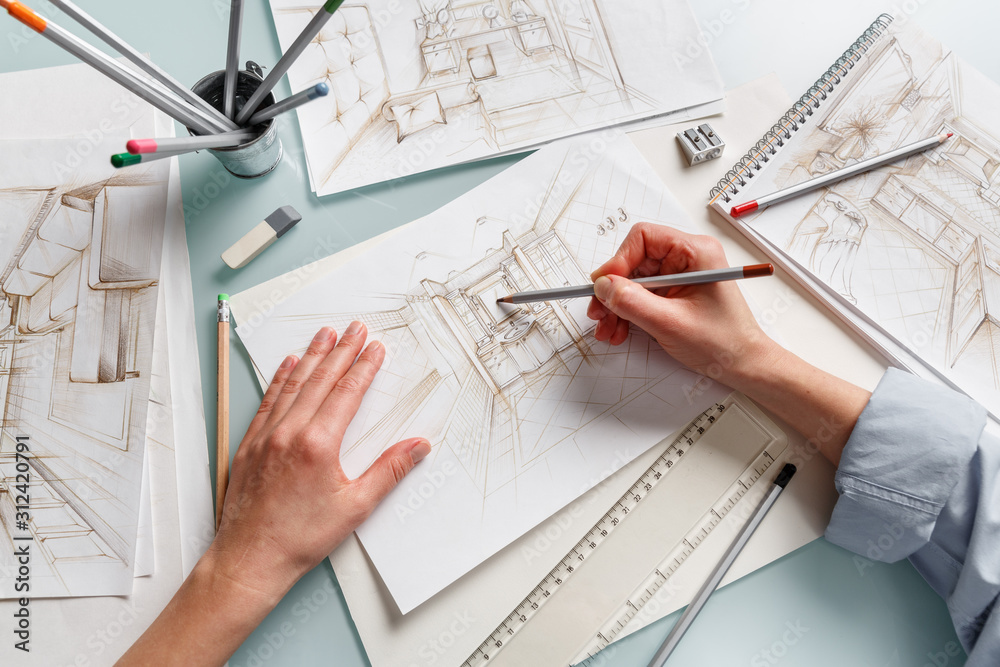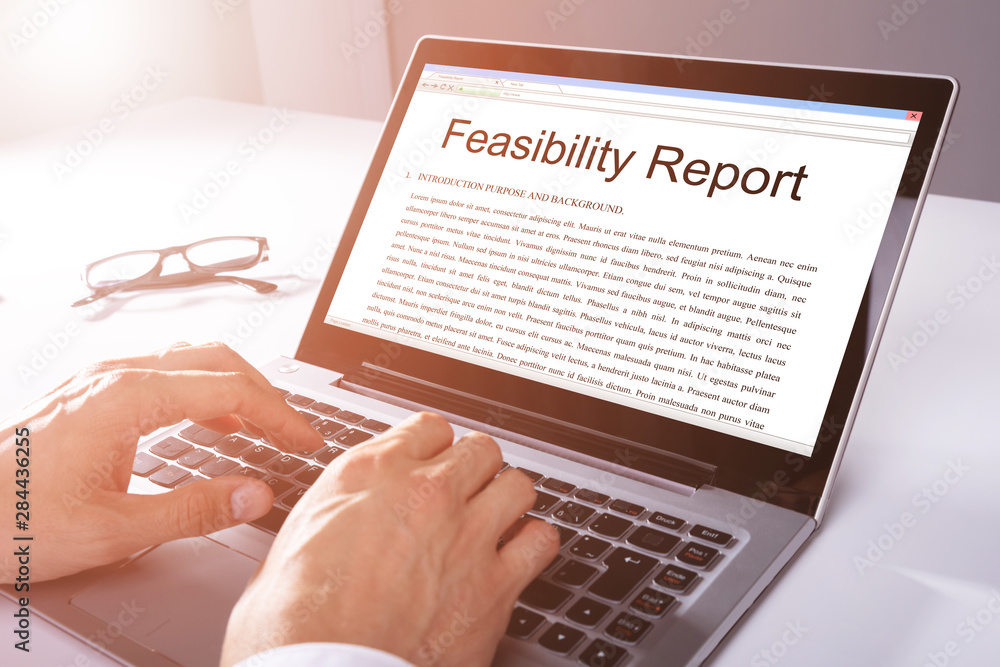A construction project usually consists of four stages. Stage 4 deals with gathering information required to manufacture and construct the building. This requires input from the design team and specialist subcontractors employed by the contractor, regardless of how they got the project. Any changes in this stage may alter the cost in later stages.
All the designing must be done in Stage 4 before the construction phase starts in Stage 5. It is common for the specialist subcontractor’s design work to be completed in Stage 4. The RIBA Plan of Work intends that Stage 5 exclusively consists of manufacturing, construction, related inspections, reporting, and resolving site queries.
For example, on a two-stage design-build project, the client may be content to sign the Building Contract after major packages are secured; however, in a traditional project with design ahead of construction, the designer’s work should substantially be complete before signing the building contract with the specialist subcontractors’ work completed after appointing a contractor.
By keeping all design work within Stage 4, the lead designer can prepare a Stage4 Design Programme covering all elements of the design team’s and specialist subcontractors’ work.
The interface between design team and specialist subcontractors and the procurement route can be a tough decision to make. However, they are not the same thing.
Prescriptive elements are common in traditional projects, whereas descriptive specifications are more typical of Design & Build projects.
The value brought by the design team in delivering prescriptive information varies depending on the building type and desired outcomes.
Many clients prefer products to be specified by the design team, while allowing others to be chosen by the contractor.
Specialist subcontractors often possess design skills that surpass those of traditional designers, adding value to the design process.
Setting up a Responsibility Matrix at the initial stage is essential, acknowledging that it can be updated as the design progresses.

At this stage, you might want to look at getting existing plans of your property (either your landland or your buildingbuilding.) These measured building surveys and topographical surveys would be the starting point of the design team to build upon. You could consider it the foundation of the design.
The RIBA has seen a spike in interest in offsite manufacturing methods, as well as other modern construction technologies.
But these things need to be contemplated at Stage 2, and embedded into the design from the earliest stage.
If you want to be sure that the building is constructed through a specific modern method of construction by the architect, it’s best to mention it in your project brief for Stage 2.
If not, it may be wise for the designer to consider what different types of construction might work best based on a consultation with their construction adviser and some research done at Stage 2.

